A colonoscopy is recommended for average-risk patients at age 45. If you have a family history of colorectal cancer or polyps, a colonoscopy may be recommended at a younger age. Typically, a colonoscopy is recommended 10 years younger than the affected family member. (For example, if your brother was diagnosed with colorectal cancer or polyps at age 45, you should begin screening at age 35.)
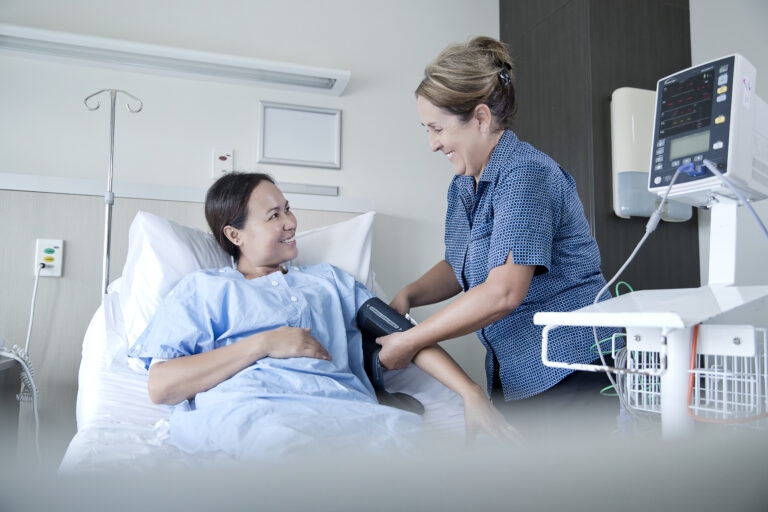
Which is a functional problem, makes it hard for you to have a bowel movement (or pass stools), the stools are infrequent (less than three times a week), or incomplete. Constipation is usually caused by inadequate “roughage” or fibre in your diet, or a disruption of your regular routine or diet.
Constipation causes you to strain during a bowel movement. It may cause small, hard stools and sometimes anal problems such as fissures and haemorrhoids. Constipation is rarely the sign that you have a more serious medical condition.
You can treat your constipation by:
If these treatment methods don’t work, laxatives can be added. Note that you should make sure you are up to date with your colon cancer screening. Always follow the instructions on the laxative medicine, as well as the advice of your healthcare provider.
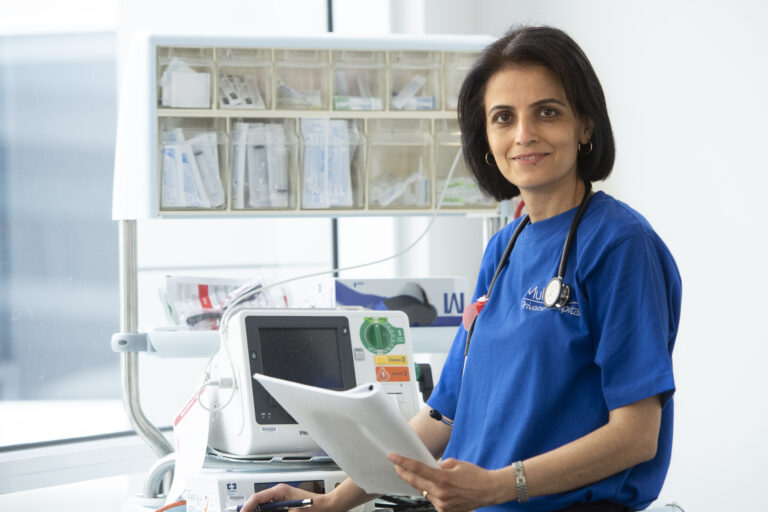
(also called spastic colon, irritable colon, IBS, or nervous stomach) is a functional condition where your colon muscle contracts more or less often than “normal.” Certain foods, medicines and emotional stress are some factors that can trigger IBS.
Symptoms of IBS include:
Treatment includes:
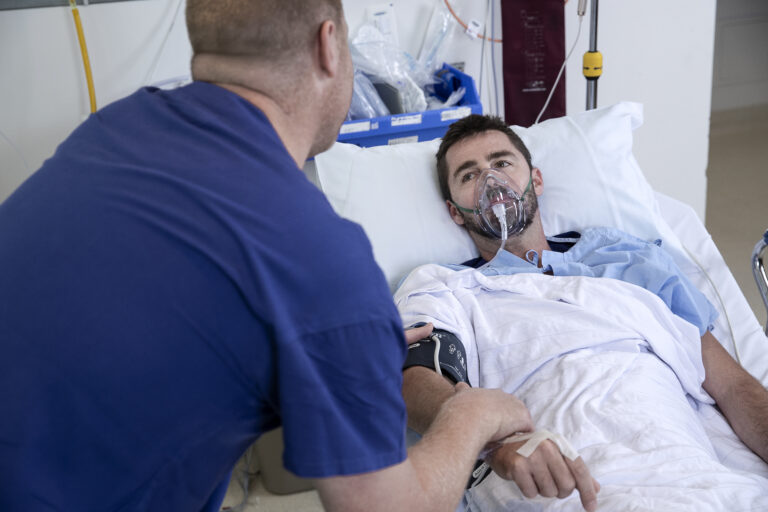
Are a structural diseases caused by dilated veins in the anal canal. They’re swollen blood vessels that line your anal opening. They are caused by chronic excess pressure from straining during a bowel movement, persistent diarrhoea, or pregnancy. There are two types of haemorrhoids: internal and external.

Are blood vessels on the inside of your anal opening. When they fall down into the anus as a result of straining, they become irritated and start to bleed. Ultimately, internal haemorrhoids can fall down enough to prolapse (sink or stick) out of the anus.
Treatment includes:
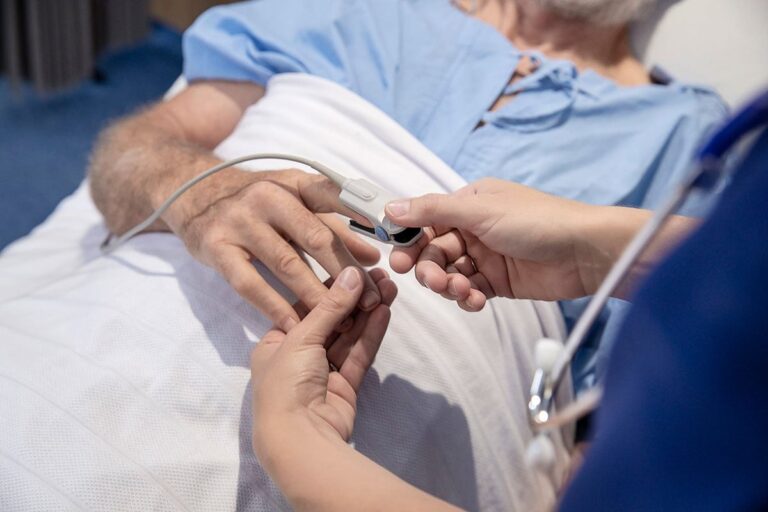
Are veins that lie just under the skin on the outside of the anus. Sometimes, after straining, the external haemorrhoidal veins burst and a blood clots form under the skin. This very painful condition is called a “pile.”
Treatment includes removing the clot and vein under local anaesthesia and/or removing the haemorrhoid itself.
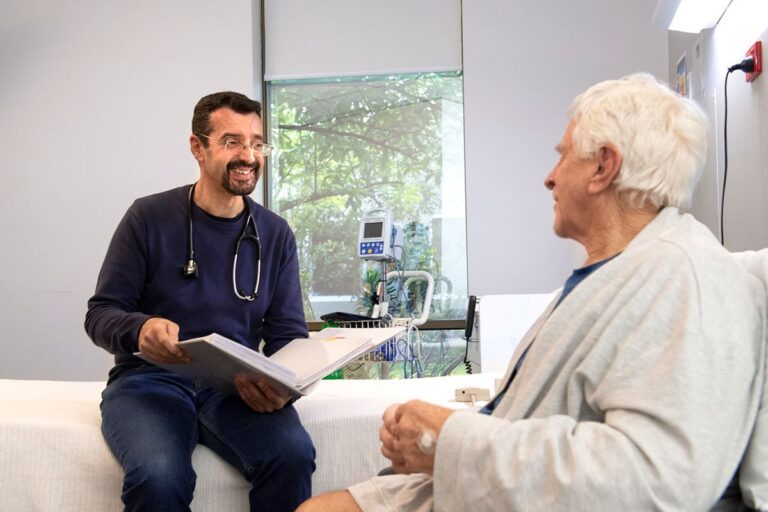
Are also a structural disease. They are splits or cracks in the lining of your anal opening. The most common cause of an anal fissure is the passage of very hard or watery stools. The crack in the anal lining exposes the underlying muscles that control the passage of stool through the anus and out of the body. An anal fissure is one of the most painful problems because the exposed muscles become irritated from exposure to stool or air, and leads to intense burning pain, bleeding, or spasm after bowel movements.
Initial treatment for anal fissures includes pain medicine, dietary fibre to reduce the occurrence of large, bulky stools and sitz baths (sitting in a few inches of warm water). If these treatments don’t relieve your pain, surgery might be needed to repair the sphincter muscle.
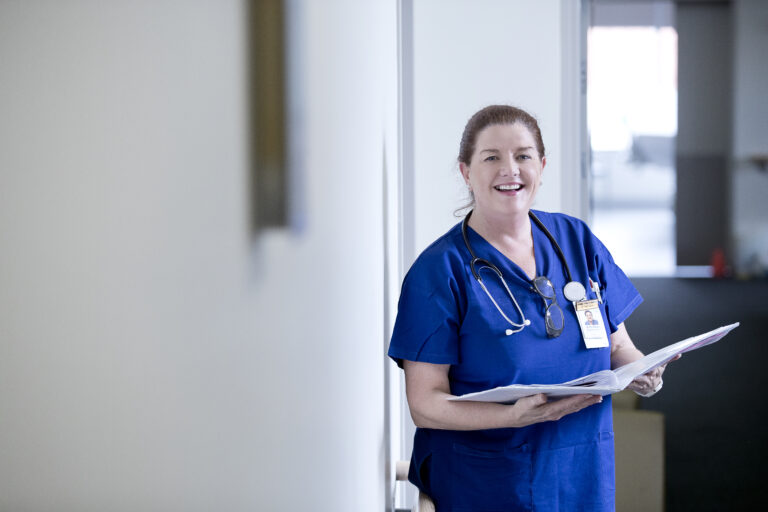
It is also a structural disease can occur when the tiny anal glands that open on the inside of your anus become blocked, and the bacteria always present in these glands causes an infection. When pus develops, an abscess forms. Treatment includes draining the abscess, usually under local anaesthesia in the healthcare provider’s office.

A structural disease – often follows drainage of an abscess and is an abnormal tube-like passageway from the anal canal to a hole in the skin near the opening of your anus. Body wastes travelling through your anal canal are diverted through this tiny channel and out through the skin, causing itching and irritation. Fistulas also cause drainage, pain and bleeding. They rarely heal by themselves and usually need surgery to drain the abscess and “close off” the fistula.
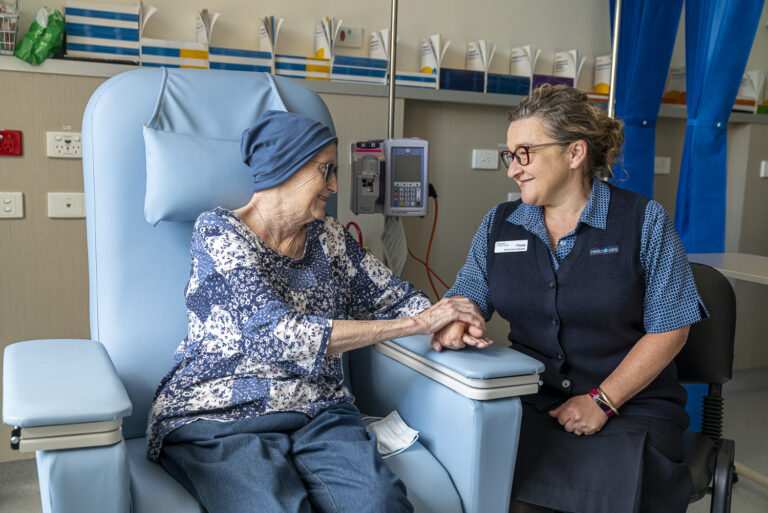
Sometimes the skin glands near your anus become infected and need to be drained, like in this structural disease. Just behind the anus, abscesses can form that contain a small tuft of hair at the back of the pelvis (called a pilonidal cyst).
Sexually transmitted diseases that can affect the anus include anal warts, herpes, AIDS, chlamydia and gonorrhoea.
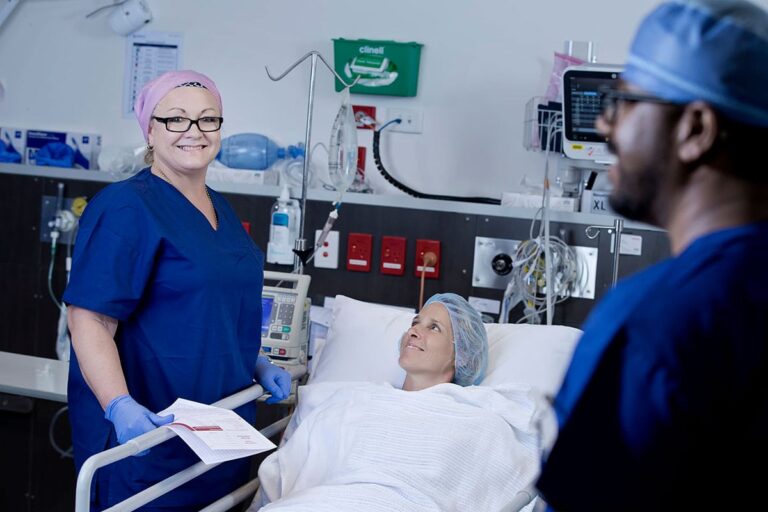
A structural disease, is the presence of small outpouchings (diverticula) in the muscular wall of your large intestine that forms in weakened areas of the bowel. They usually occur in the sigmoid colon, the high-pressure area of the lower large intestine.
Diverticular disease is very common and occurs in 10% of people over age 40 and in 50% of people over age 60 in Western cultures. It is often caused by too little roughage (fibre) in the diet. Diverticulosis can sometimes develop/progress into diverticulitis
Complications of diverticular disease happen in about 10% of people with outpouchings. They include infection or inflammation (diverticulitis), bleeding and obstruction. Treatment of diverticulitis includes treating the constipation and sometimes antibiotics if really severe. Surgery is needed as last resort in those who have significant complications to remove the involved diseased segment of the colon.
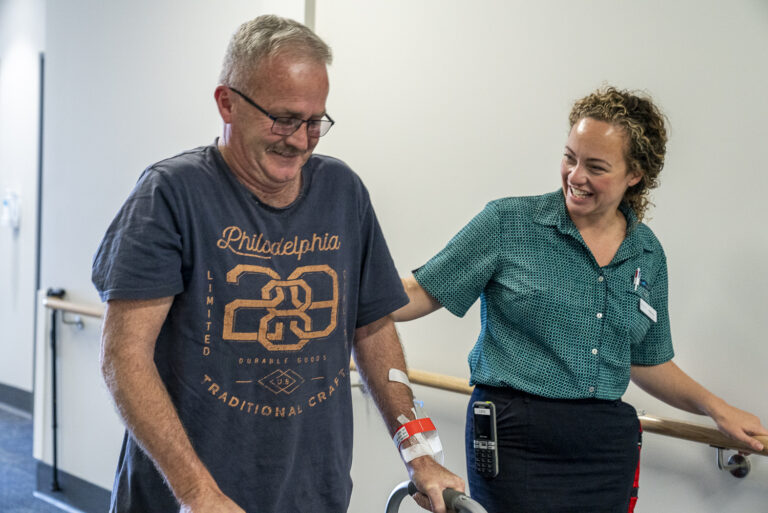
Each year, thousands of Australians are diagnosed with colorectal cancer, the third most common form of cancer in the country. Fortunately, with advances in early detection and treatment, colorectal cancer is one of the most curable forms of the disease. By using a variety of screening tests, it is possible to prevent, detect and treat the disease long before symptoms appear.
Almost all colorectal cancers begin as polyps, benign (non-cancerous) growths in the tissues lining your colon and rectum. Cancer develops when these polyps grow and abnormal cells develop and start to invade surrounding tissue. Removal of polyps can prevent the development of colorectal cancer. Almost all precancerous polyps can be removed painlessly using a flexible lighted tube called a colonoscope. If not caught in the early stages, colorectal cancer can spread throughout the body. More advanced cancer requires more complicated surgical techniques.
Most early forms of colorectal cancer do not cause symptoms, which makes screening especially important. When symptoms do occur, the cancer might already be quite advanced. Symptoms include blood on or mixed in with the stool, a change in normal bowel habits, narrowing of the stool, abdominal pain, weight loss, or constant tiredness.
Most cases of colorectal cancer are detected in one of four ways:
Colitis is the name of a series of conditions that cause an inflammation of the bowel. These include:
Colitis causes diarrhoea, rectal bleeding, abdominal cramps and urgency (frequent and immediate need to empty the bowels). Treatment depends on the diagnosis, which is made by colonoscopy and biopsy.
Our fully integrated medical services across the entire healthcare spectrum give every patient one-stop access to the entire Medici network. We collaborate with a wide network of partners, including restructured general hospitals, specialist centres, GP clinics and polyclinics.